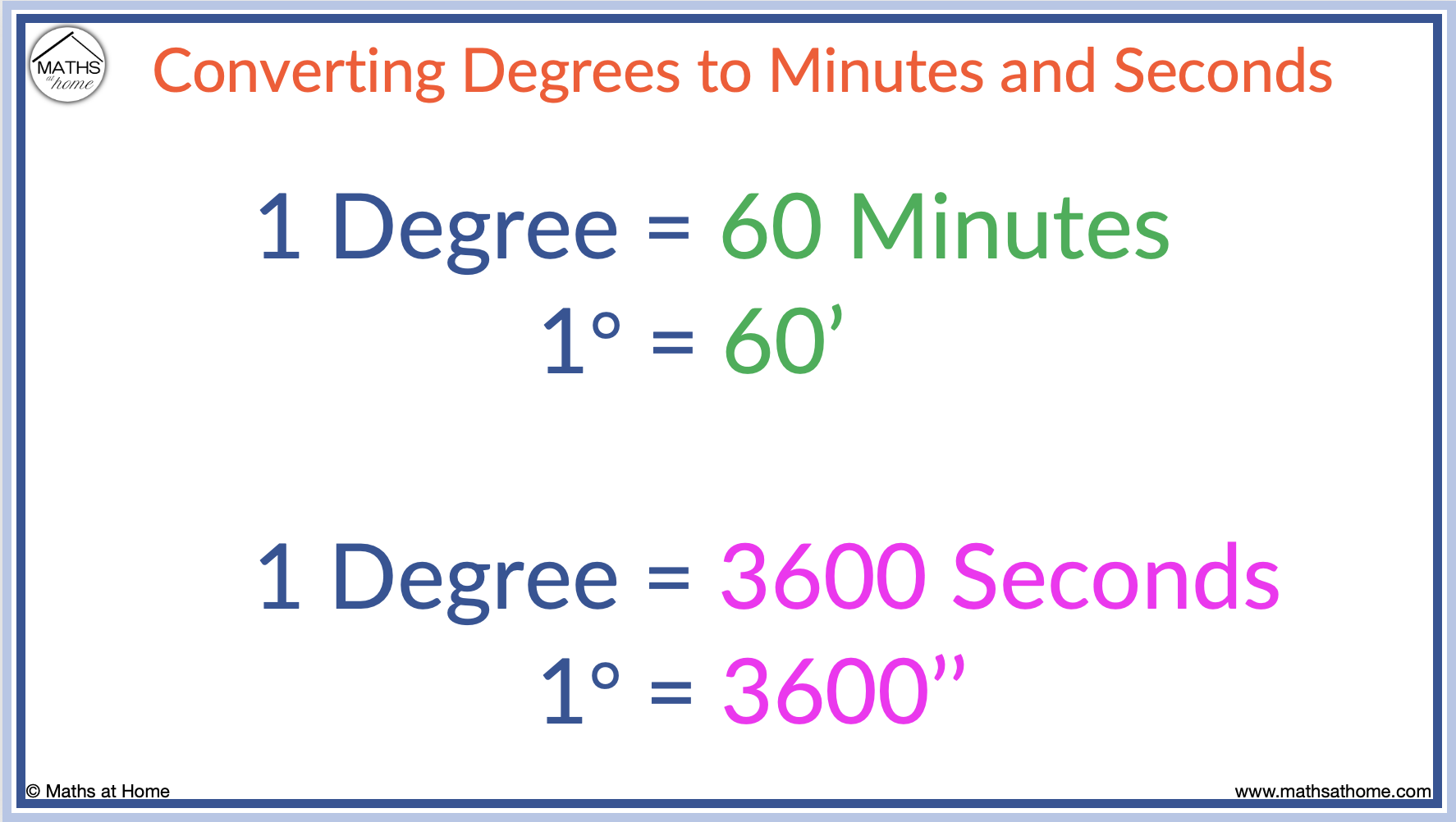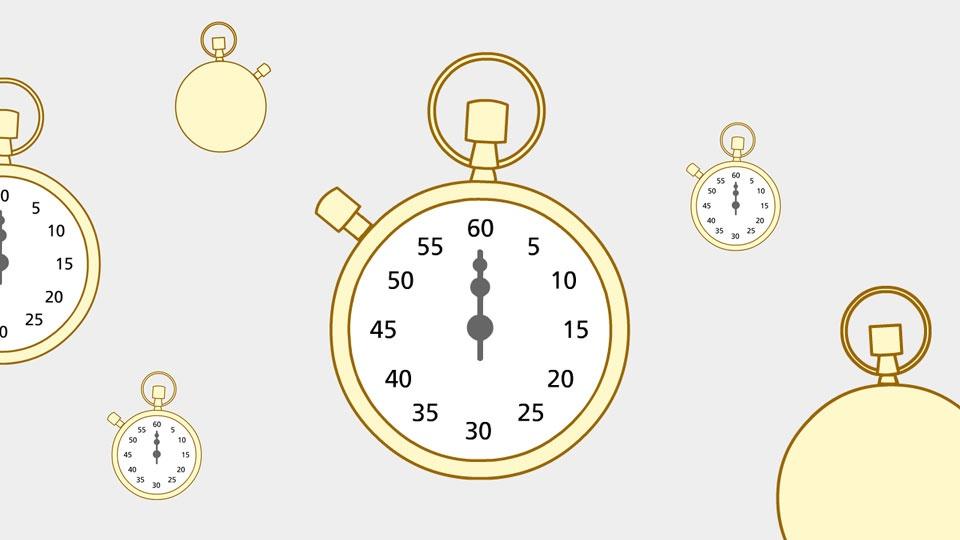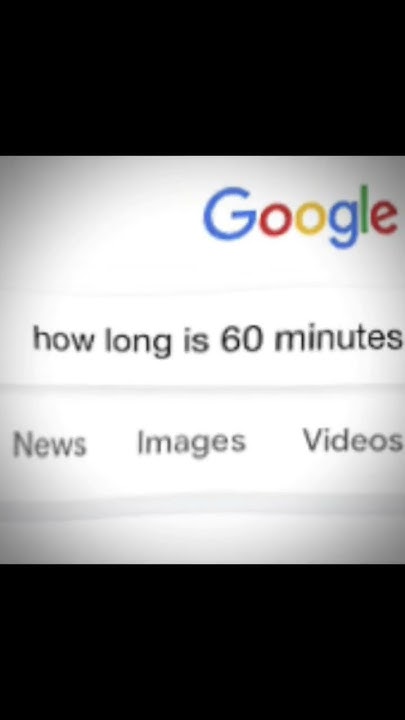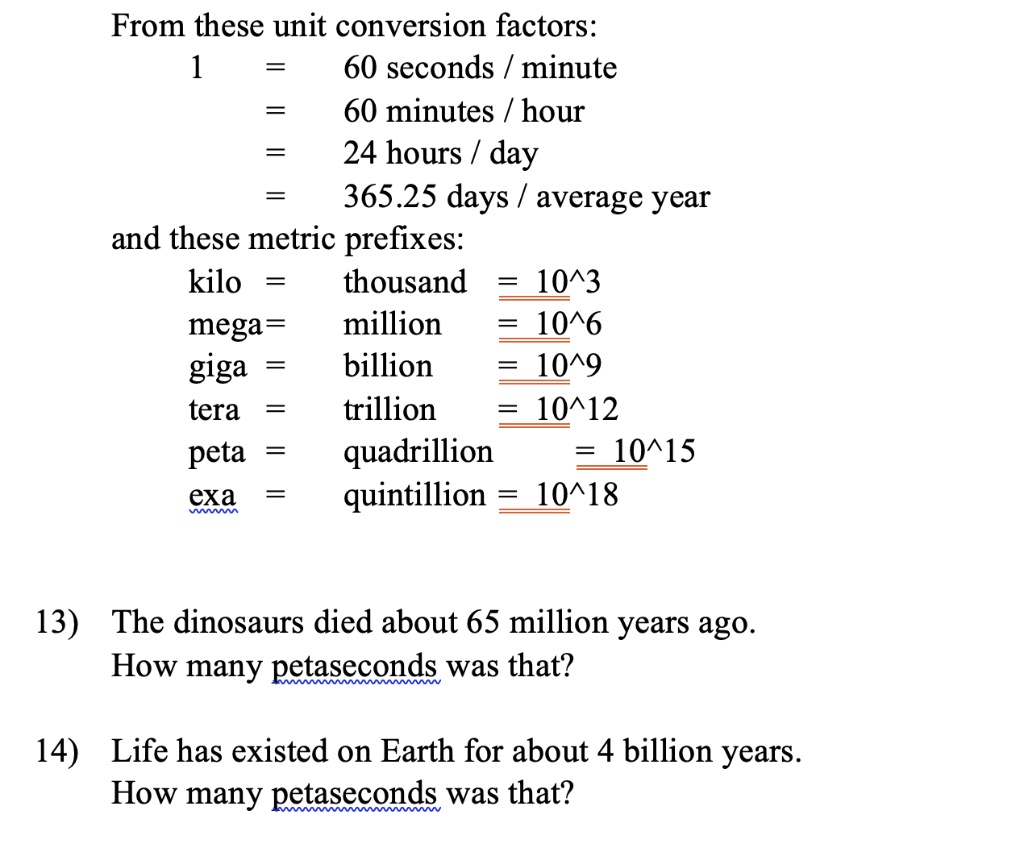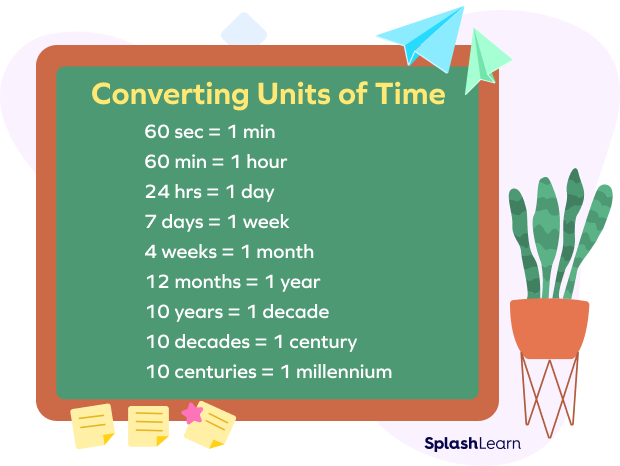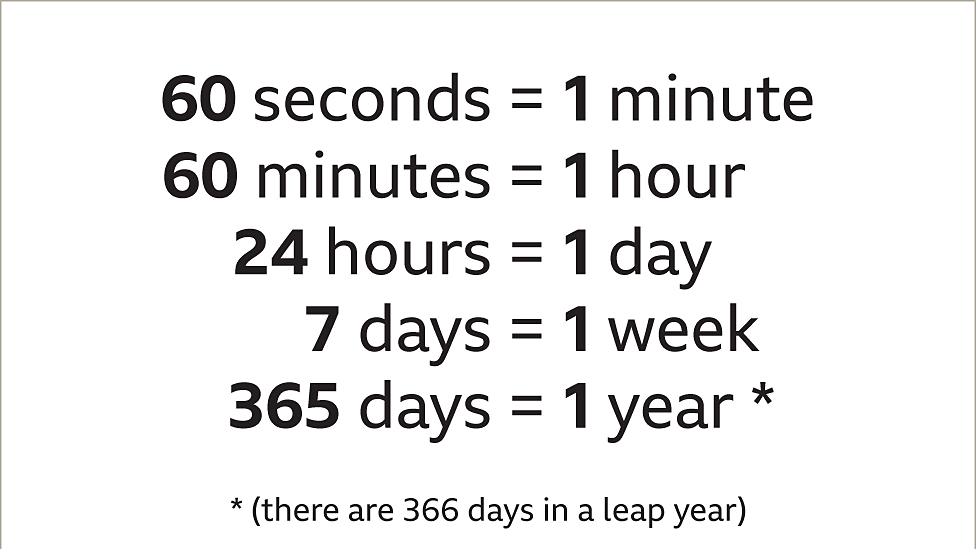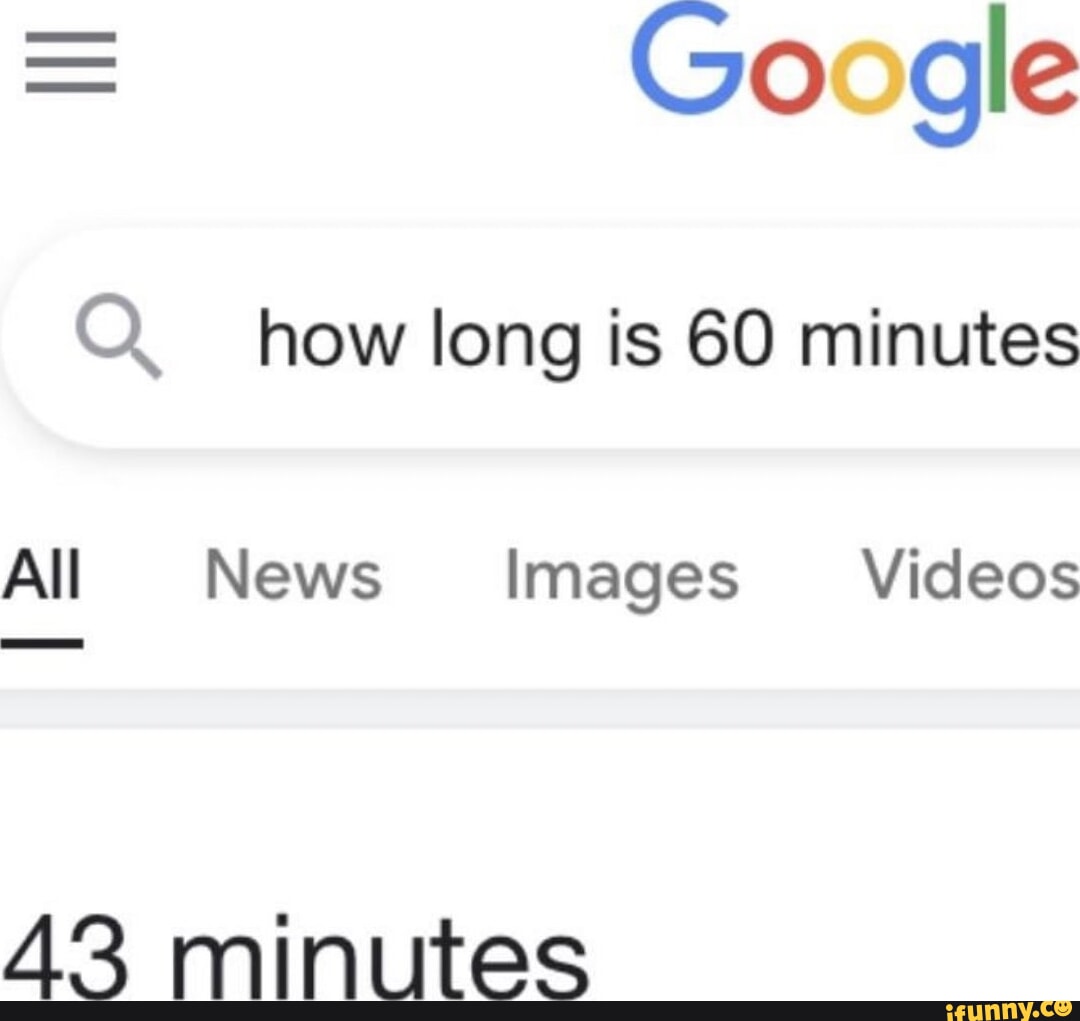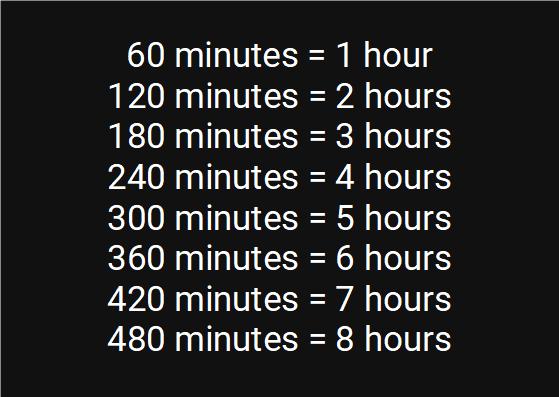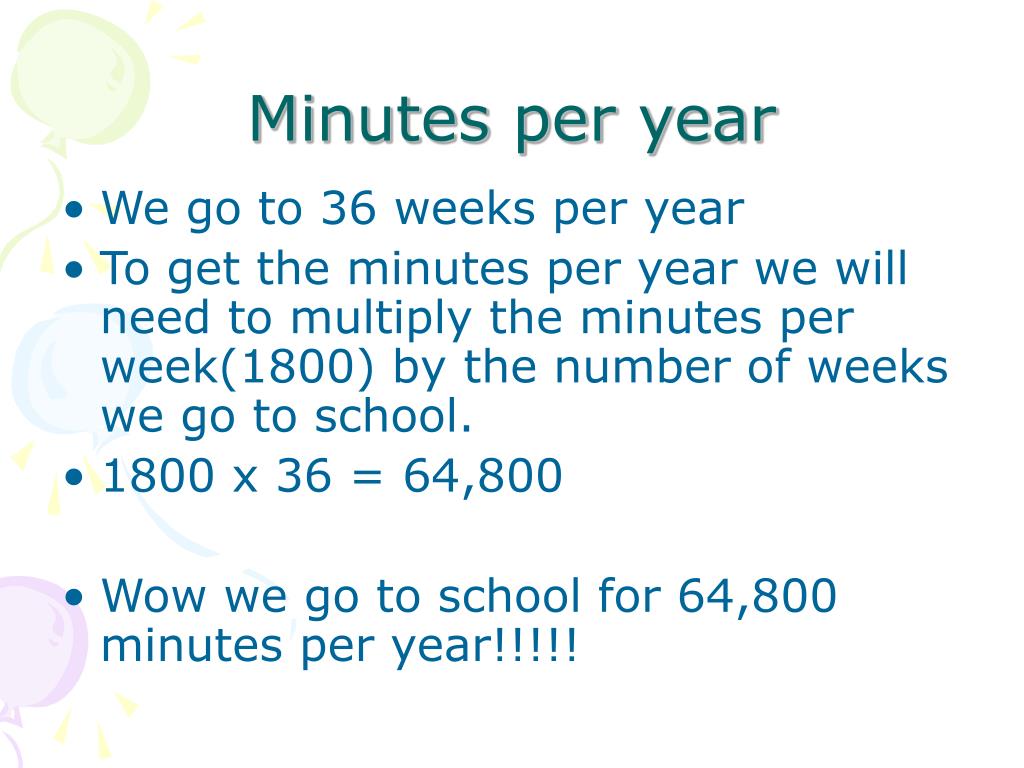How Long Is 60 000 Minutes

A perplexing question has gripped the internet: Just how long is 60,000 minutes? The answer, while seemingly simple, has sparked widespread confusion and numerous online searches, highlighting the need for clear and accessible time conversions.
This article provides the definitive answer, offering immediate clarity amidst the digital debate and resolving the ambiguity surrounding this seemingly straightforward calculation.
The Definitive Answer
60,000 minutes is equivalent to 1,000 hours. That's roughly 41.67 days, or approximately 1.37 months.
Breaking it Down
To arrive at this conclusion, we use basic time conversion principles. There are 60 minutes in an hour, so 60,000 minutes divided by 60 minutes/hour equals 1,000 hours.
There are 24 hours in a day, thus 1,000 hours divided by 24 hours/day gives us approximately 41.67 days. Finally, dividing 41.67 days by the average number of days in a month (approximately 30.44) yields about 1.37 months.
The Internet's Reaction
The widespread interest in this question indicates a potential gap in basic mathematical understanding. Social media platforms are flooded with users expressing surprise and even disbelief at the answer.
Many online discussions involve humorous takes on the perceived length of 60,000 minutes when framed in terms of activities like binge-watching television series or completing specific tasks.
Real-World Context
Understanding time conversions is crucial in numerous professional and personal contexts. Project management, scheduling, and resource allocation all heavily rely on accurate time calculations.
For instance, a project estimated to take 60,000 minutes requires careful planning across approximately 41 days, impacting deadlines and resource deployment. Precise calculations are vital for preventing project delays and cost overruns.
Why the Confusion?
The confusion surrounding this simple conversion likely stems from how we perceive and experience time. Humans tend to think in terms of days, weeks, and months, rather than large blocks of minutes.
When presented with a substantial number of minutes, converting it to a more relatable unit (like days or weeks) becomes essential for grasping its true magnitude. This underlines the critical role of clear and effective data presentation.
Impact on Education
This incident highlights the need for reinforced education in basic mathematical concepts, particularly time conversions. Schools and educational programs can benefit from incorporating more practical examples to bridge the gap between theoretical knowledge and real-world application.
Focusing on real-life scenarios where time conversions are essential can improve comprehension and retention, benefiting students across various disciplines.
The Importance of Accurate Timekeeping
Accurate timekeeping and calculations are fundamental in numerous fields, including science, engineering, and finance. Errors in time conversions can have significant consequences, leading to miscalculations, delays, and financial losses.
Maintaining precision in time-related data is essential for both personal and professional success. This incident serves as a reminder of the significance of fundamental mathematical skills.
Next Steps
Educators and content creators are encouraged to address this knowledge gap by providing accessible resources and tutorials on time conversions. Public service announcements and online campaigns can also play a role in raising awareness.
By improving understanding of these basic concepts, we can empower individuals to make informed decisions and effectively manage their time. Continuous evaluation and improvement of educational resources are essential to achieving this goal.
In Summary
The question "How long is 60,000 minutes?" underscores the importance of basic mathematical skills and clear communication. Sixty thousand minutes equates to 1,000 hours, approximately 41.67 days, or about 1.37 months.
The online confusion highlights a potential need for reinforced education in time conversions and emphasizes the value of presenting information in relatable units.

